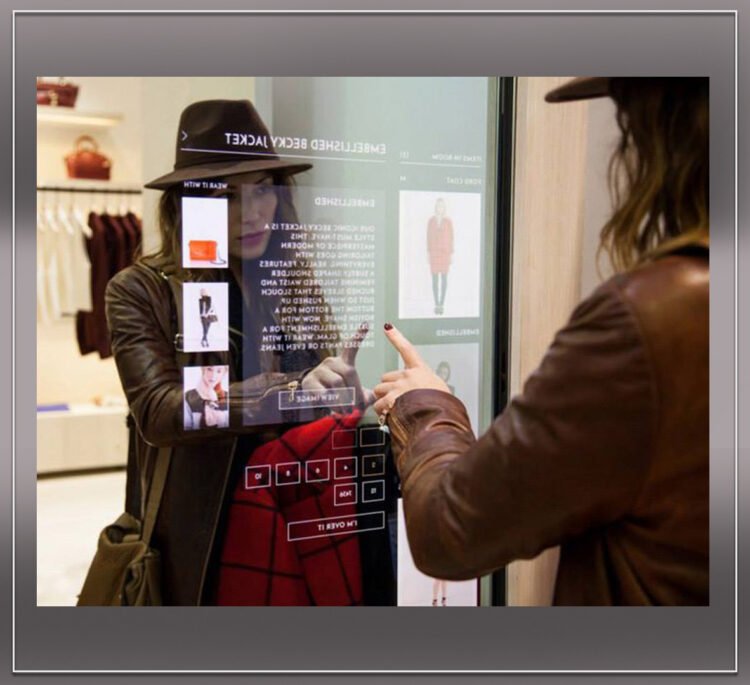As in our previous issues, we continue to explore how technological progress influences and transforms our industry. Today, technology is not only changing production tools; it is also redefining how we think, consume, and design. This evolution has become one of the key forces shaping the future of leather and fashion.
A few months ago, the CEOs of leading technology and artificial intelligence companies from the United States and the United Kingdom were hosted at a magnificent dinner at Buckingham Palace. This event was more than a diplomatic gesture — it symbolized a new era in global transformation. Some might even call it the dawn of a Second Industrial Revolution. Time will tell.
While many industries struggle with economic challenges, the technology sector continues to expand, launching new innovations every day. Among these, fashion and leather are evolving fast. Recently, Google introduced its AI-powered “Try-On” technology — a wearable digital model platform that lets users virtually try on products before purchasing them. It’s a clear sign that the shopping experience of the future has already arrived.
Yet fashion has always been about more than technology. It is a way for humans to express identity and emotion. Leather, in particular, has always symbolized timeless style, strength, and sophistication. Even today, it remains a leading element of modern luxury. Consumer studies and social media analyses reveal that genuine, 100% sustainable leather products — especially footwear — continue to be preferred by end users worldwide.
Ironically, some so-called “animal-free” products marketed as sustainable are, in fact, far from it. Most are based on petrochemical synthetics that do not decompose in nature and contribute to long-term environmental pollution. True sustainability is not about replacing nature — it’s about respecting and coexisting with it.
That’s why consumers must take an active role in making responsible choices. When shopping on AI-driven platforms, they should always check product labels, traceability cards, and material origins to ensure authenticity and sustainability. Without awareness of what we buy, there can be no real progress toward a greener future.
In my next article, I will explore how technology is transforming manufacturing — especially within the leather industry — and how digital tools are reshaping craftsmanship.
Until then, let’s embrace innovation without forgetting the irreplaceable value of the natural.









